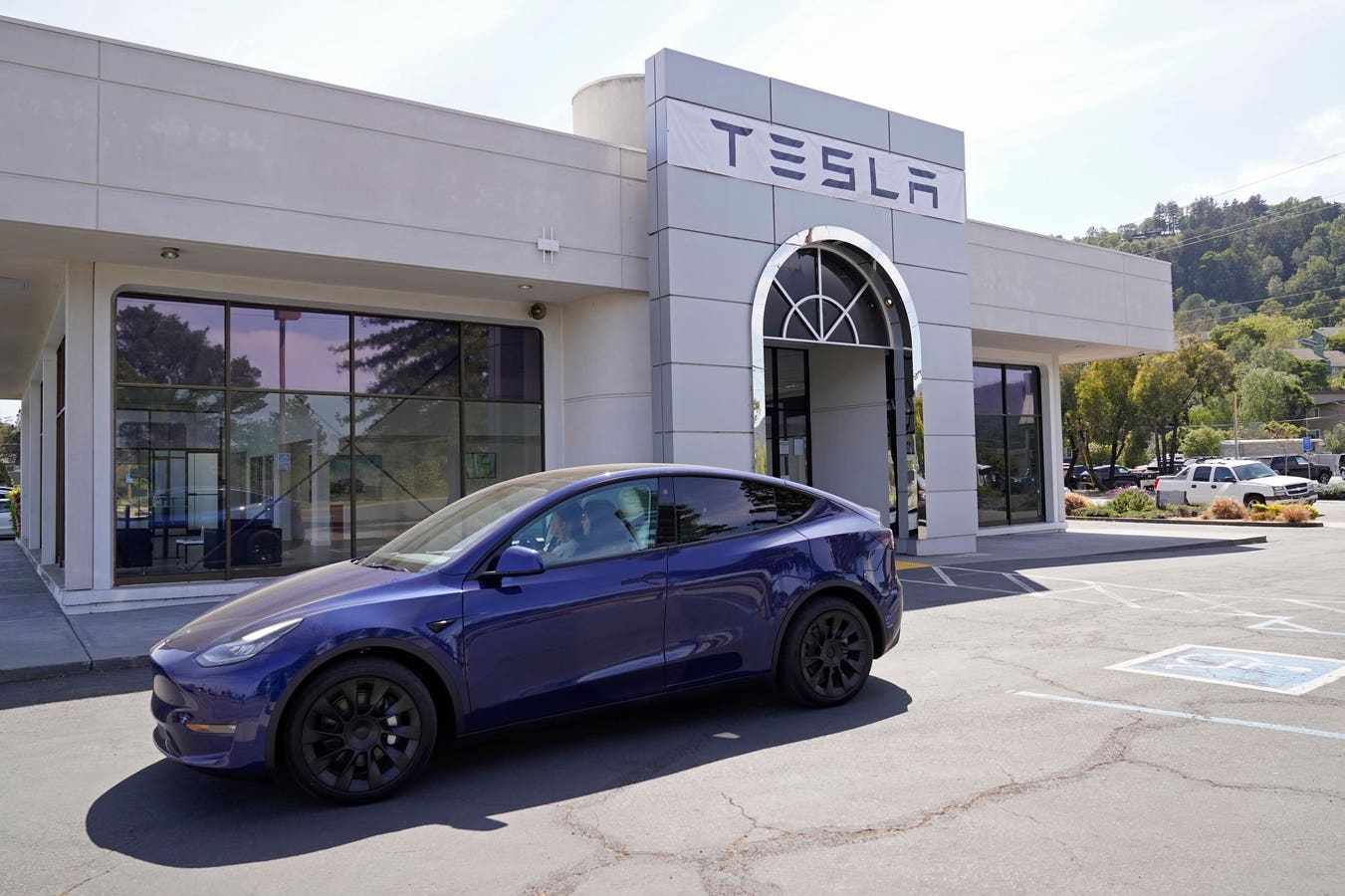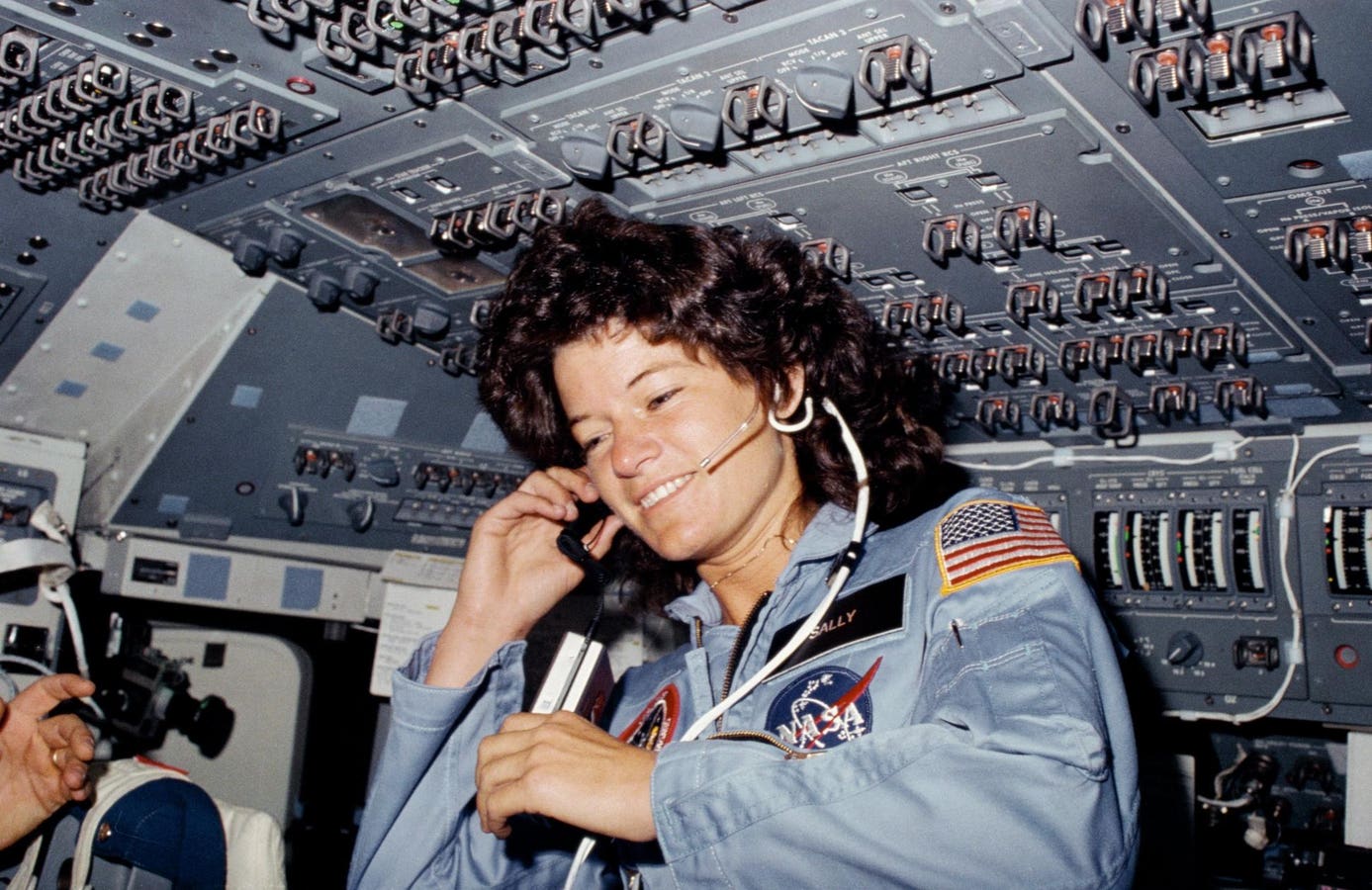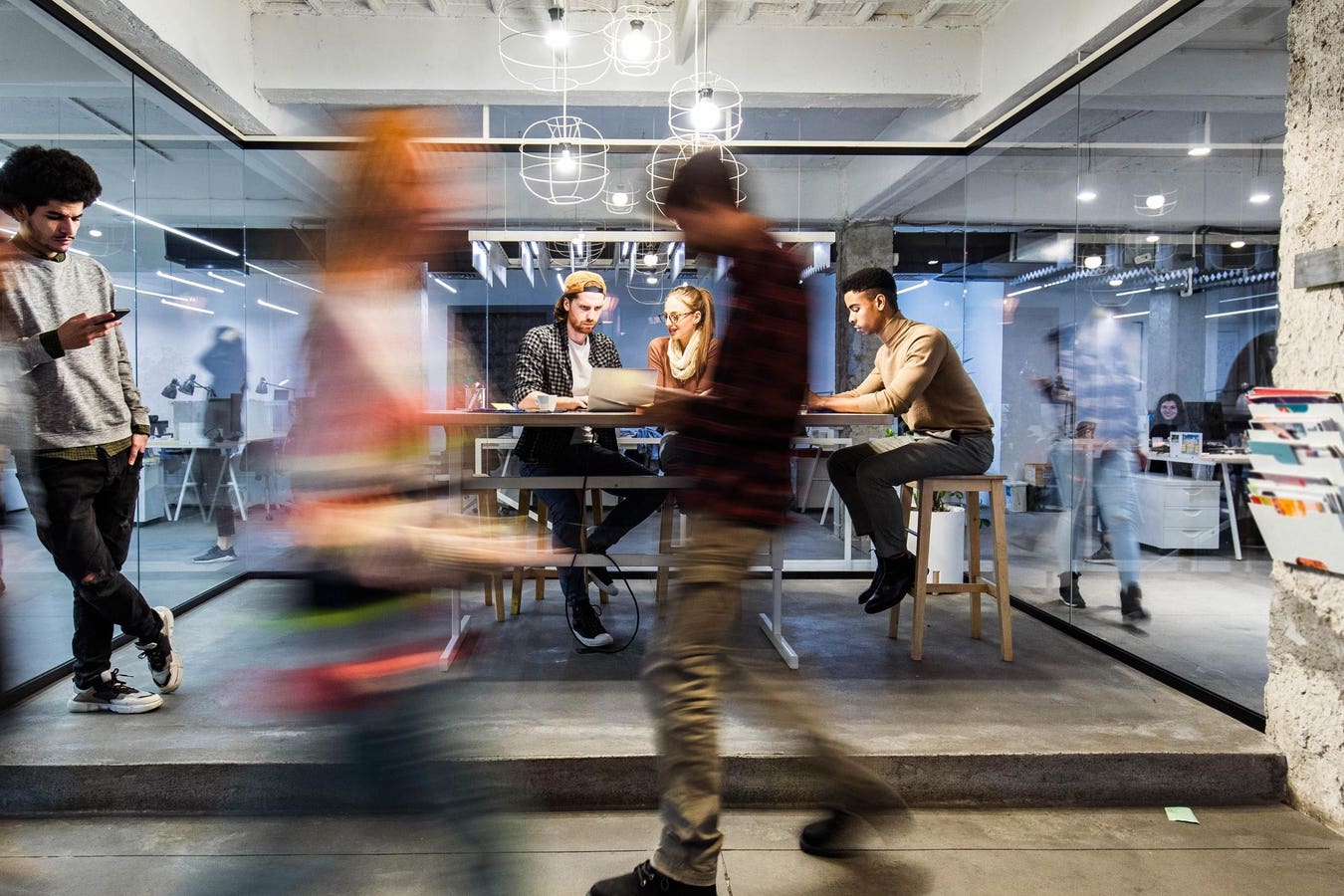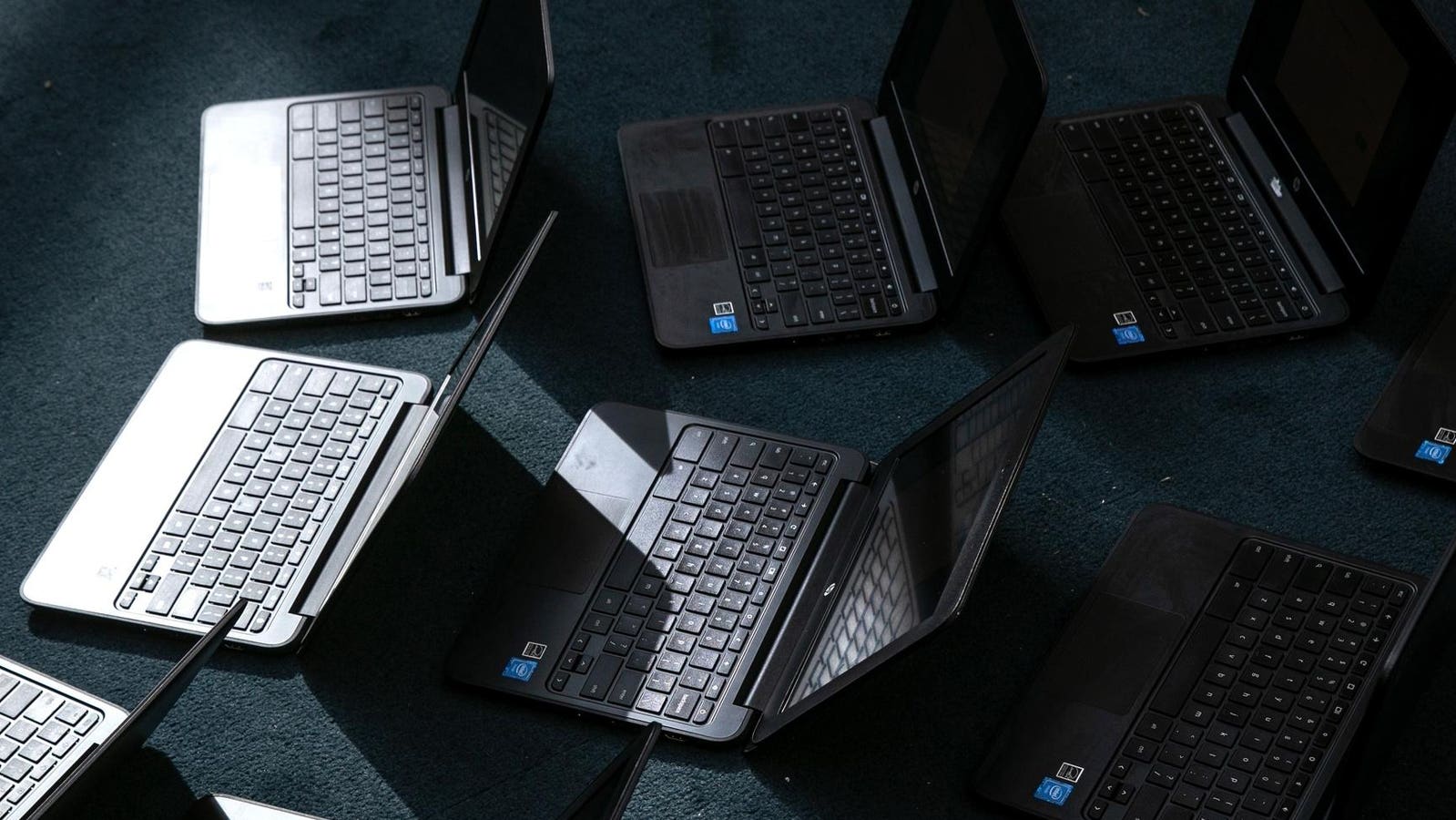One Tesla customer did not have to go to the dealer to pick up their new car, it drove itself to … More
In an impressive demonstration, Tesla last week showed off delivery of a new car to a customer near their Austin factory by having the Tesla drive itself to the customer’s home, with nobody in the vehicle. Further, Musk stated that the delivery was “fully autonomous” and there were “no people in the car at all and no remote operators in control at any point.” The delivery was about a 15 mile trip, including city streets and freeway.
Tesla’s robotaxi pilot, on the other hand, still keeps an employee in the car. This person, known in the field as the “safety driver” though they are not expected to drive, has various ways to command an emergency stop, and they can grab the wheel if needed. In just a few days of operation, these vehicles have been involved in a variety of minor mistakes, and one contact leaving damage on another car. Tesla still has a fair bit to do before they can make an autonomous taxi–but it’s possible to do a delivery of this form long before that’s ready.
Indeed, many projects have one single demonstrations of rides with no safety-driver before, going back over a decade, though not generally using only computer vision. There are a lot of ways to do this delivery safely even though you can’t really drive autonomously yet, and Tesla has already shown these abilities.
Sadly, Tesla’s past actions demand skepticism of any such demonstration. Starting with their first 2016 FSD demo film, which declared the safety driver was only there for legal reasons but which involved a number of tricks, or their regular release of grossly misleading statistics for Autopilot safety, Tesla must be held to a higher standard of proof than other companies (who also still must be held to a high standard.)
User experience shows that Tesla’s current FSD13 system can complete trips fully autonomously, perhaps as many as 40 in a row. That’s nice, but an actual working car delivery or robotaxi service requires being able to do 10,000 to 40,000 trips in a row, or perhaps 100,000 in a row to reach Musk’s stated goal of “much safer than a human.” That’s a whole different ballgame which Tesla has yet to play in.
If you have a remote intervention ability (which Tesla has said they are building and shown remote driving consoles for) this sort of demonstration is fairly easy. Send off your car for delivery. If you can do 40 trips in a row, you have a 97.5% chance everything will work the first time. In the event of the 2.5% chance of a problem, you intervene, and simply don’t report that attempt to the public. Instead, just send out another, and once you do get a flawless run, report that. This is known as cherry-picking and it’s been a very common tactic for most robcar teams.
Musk only (and I think, carefully) said that there were no remote drivers in control. Not that they weren’t watching, ready to take control, or even just ready to command an emergency stop. He speaks the truth when he said this drive was autonomous, and we’ve already seen FSD do such drives autonomous many times. It just can’t do enough of all the time yet.
A Tesla robotaxi pilot vehicle moves in Austin, with a human operator in the front right seat ready … More
It’s even easier if you are picking the route. First, you pick a route that you know will be easy and within the capabilities of your vehicle. You can even do test runs to make sure there is nothing the vehicle won’t understand on the way. You can pick the time and the weather and the traffic levels–all things you can’t do in a real, running service where customers are choosing everything. You can probably reduce your chance to 1 in 1,000 of not having it all work great on the official run.
(In addition, the Tesla car was clearly followed by chase cars, at the very least just to film it, but they might also have had an employee in one of the chase cars with a means to intervene, for safety reasons. It would be the right thing to do.)
It’s not just Tesla, pretty much everybody has done cherry-picking like this in their first demonstrations, when they first released videos, or first gave rides to the press. It’s a baby step. It’s why opening up a service to the public, and letting them pick the routes and times is a big deal. Tesla has done this, in a limited area, for their Robotaxi pilot, but that’s why it still needs a safety driver.
The message is not that Tesla’s demonstration delivery isn’t a worthy step, it’s that it should not be taken as more than it is. If it really worked, Tesla would start regular deliveries this way, as it’s very cool.
When Tesla is ready to do more, they should start doing multiple deliveries, and be up-front on whether there is remote intervention capability, rather than just saying it didn’t happen on a particular delivery. They built that room of remote driving stations for a reason, after all. Someday, they can graduate to the vehicles not having full time monitoring, and only needing remote assistance when they get into some confusion. Delivery is an easier problem, not just because there’s no passenger to harm, but because the car isn’t in a hurry, and you can deliberately choose easier and slower streets, times and conditions.
Self-delivering Cars
Delivering cars to customers seems like a financial win. When I got my Tesla delivered, a human drove it from the factory and took an Uber back. But he also did my paperwork, took my payment and walked me through important features of the car, plus we did my inspection for defects. It’s not entirely clear the savings justify car delivery with no human contact quite yet, though possibly it could be done over a video call.
On the other hand, delivered car-share, which I have called a “whistlecar,” is a very valuable proposition, particularly before you can provide a full wide-service-area robotaxi. If I could get a “Tesla on demand” which comes to me, and then I drive it (with Supervised FSD) and leave it at a curb for a reasonable price (much better than Uber) that’s a service many would use, or even give up car ownership for. If the car could do freeway unsupervised self-driving (as Mercedes cars can do today in Germany and soon in the USA) it would be a no-brainer. Indeed, there are companies offering early versions of such services today. Yes, I would not get my time back (at least until I get to the freeway) in the same way, but I would get a large fraction of the benfits of the robotaxi.









